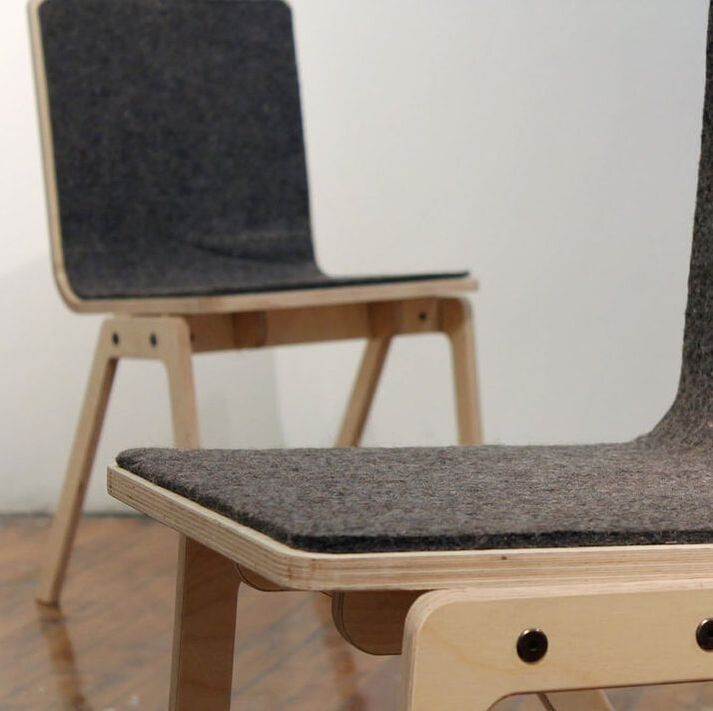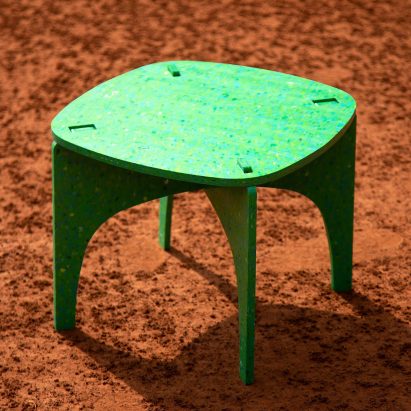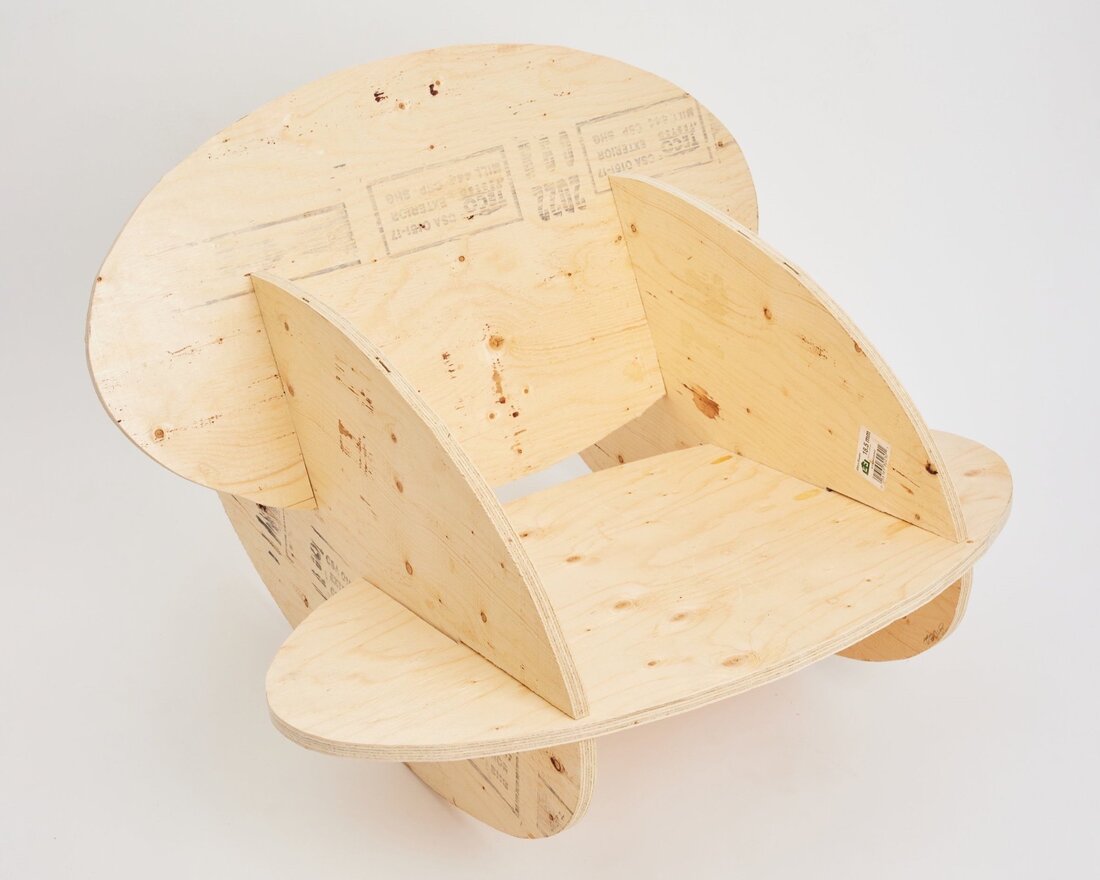-
Projects
- Talkin Trash
- Something New
- Nothing New
- Shift
- Ritual
- Colors and Shapes
- Tensegrity
- Lakeview Cut
- Second Nature
- It Gets Funkier
- Making Space
- Rotational Volumes
- Changed By Chairs
- Gearboxes
- Pendulums
- Microscopic Images
- Inspraytion
- 60 Word Short Stories
- PBL Illustrations
- Foundations Podcast
- Inclusive Strategies Podcast
- Helpful Links
- Blog
- About
This semester we seek to efficiently build furniture from plywood that is modular and easy to assemble. Directions for how to cut out and build our designs will be published in a printed book for distribution.
Assignment links:
Assignment 1: Build a Stool
Assignment 1b: (Field trip)
Assignment 2: Cardboard Models
Assignment 3: 1:2 Scale drafts
Assignment 3b: Lasercut
Assignment 4: Full Scale
Assignment 5: Mountaintop
Seminar Text and Prep ES
Seminar Text and Prep EN
Assignment 1: Build a Stool
Assignment 1b: (Field trip)
Assignment 2: Cardboard Models
Assignment 3: 1:2 Scale drafts
Assignment 3b: Lasercut
Assignment 4: Full Scale
Assignment 5: Mountaintop
Seminar Text and Prep ES
Seminar Text and Prep EN
17JUN2024 - Wrap Up
The seniors are gone and graduated, time to review this project and document my thoughts.
What Worked:
This project arose as a collaborative effort with my teaching partner, which is the best way to facilitate PBL. It's satisfying to see the projects get better as the kids go back and forth between our classrooms. We managed to pivot from a different idea in the few days before class started, which is better than after, but it was still a very short amount of time in which to plan and prep a project. This meant that we weren't totally sure if the project was possible before we set out to facilitate it. Our model was never built at full scale, so the unity of pieces at exhibition was poor to fair. I guess I put this as something that worked because it confirmed to me that doing the project myself first really is necessary and valuable.
What was Surprising?
I was surprised by the challenge of this project and the amount of time it took. Making a multi-modal piece of furniture is incredibly complex and only a few students succeeded. This meant that the rest of the class had partial projects or products that didn't fully meet the brief, Valuable learning took place but the Exhibition was not as strong as others have been because of the inconsistency between projects. Better constraints would have helped this dimension of the project.
Never Again?
I experimented with a sequential semester, where some students moved on before others to the next step of the project. The result of this was that some students exhibited assignments from the beginning of the semester as their final projects. There is value in personalization like this but in this case it comes at the expense of cohesiveness. I suspect that the class dynamic was effected as well because as the groups got further apart they had less to discuss with peers and small groups formed rather that a large group working on similar problems. In the future I can keep the sequential nature of the assignments, but instead of letting some move on, I might require that they help bring the others along. It might be better to move on as a class than moving some students at different paces.
My documentation is poor for this project which I think is a result of how much I needed to micromanage at the end of the year. typically students are at similar stages of the project and can assist each other; this semester they were all doing their part for the first time and others were in their own world of the project so I had to directly assist them all rather than slowly release control to them.
The seniors are gone and graduated, time to review this project and document my thoughts.
What Worked:
This project arose as a collaborative effort with my teaching partner, which is the best way to facilitate PBL. It's satisfying to see the projects get better as the kids go back and forth between our classrooms. We managed to pivot from a different idea in the few days before class started, which is better than after, but it was still a very short amount of time in which to plan and prep a project. This meant that we weren't totally sure if the project was possible before we set out to facilitate it. Our model was never built at full scale, so the unity of pieces at exhibition was poor to fair. I guess I put this as something that worked because it confirmed to me that doing the project myself first really is necessary and valuable.
What was Surprising?
I was surprised by the challenge of this project and the amount of time it took. Making a multi-modal piece of furniture is incredibly complex and only a few students succeeded. This meant that the rest of the class had partial projects or products that didn't fully meet the brief, Valuable learning took place but the Exhibition was not as strong as others have been because of the inconsistency between projects. Better constraints would have helped this dimension of the project.
Never Again?
I experimented with a sequential semester, where some students moved on before others to the next step of the project. The result of this was that some students exhibited assignments from the beginning of the semester as their final projects. There is value in personalization like this but in this case it comes at the expense of cohesiveness. I suspect that the class dynamic was effected as well because as the groups got further apart they had less to discuss with peers and small groups formed rather that a large group working on similar problems. In the future I can keep the sequential nature of the assignments, but instead of letting some move on, I might require that they help bring the others along. It might be better to move on as a class than moving some students at different paces.
My documentation is poor for this project which I think is a result of how much I needed to micromanage at the end of the year. typically students are at similar stages of the project and can assist each other; this semester they were all doing their part for the first time and others were in their own world of the project so I had to directly assist them all rather than slowly release control to them.
Proudly powered by Weebly



